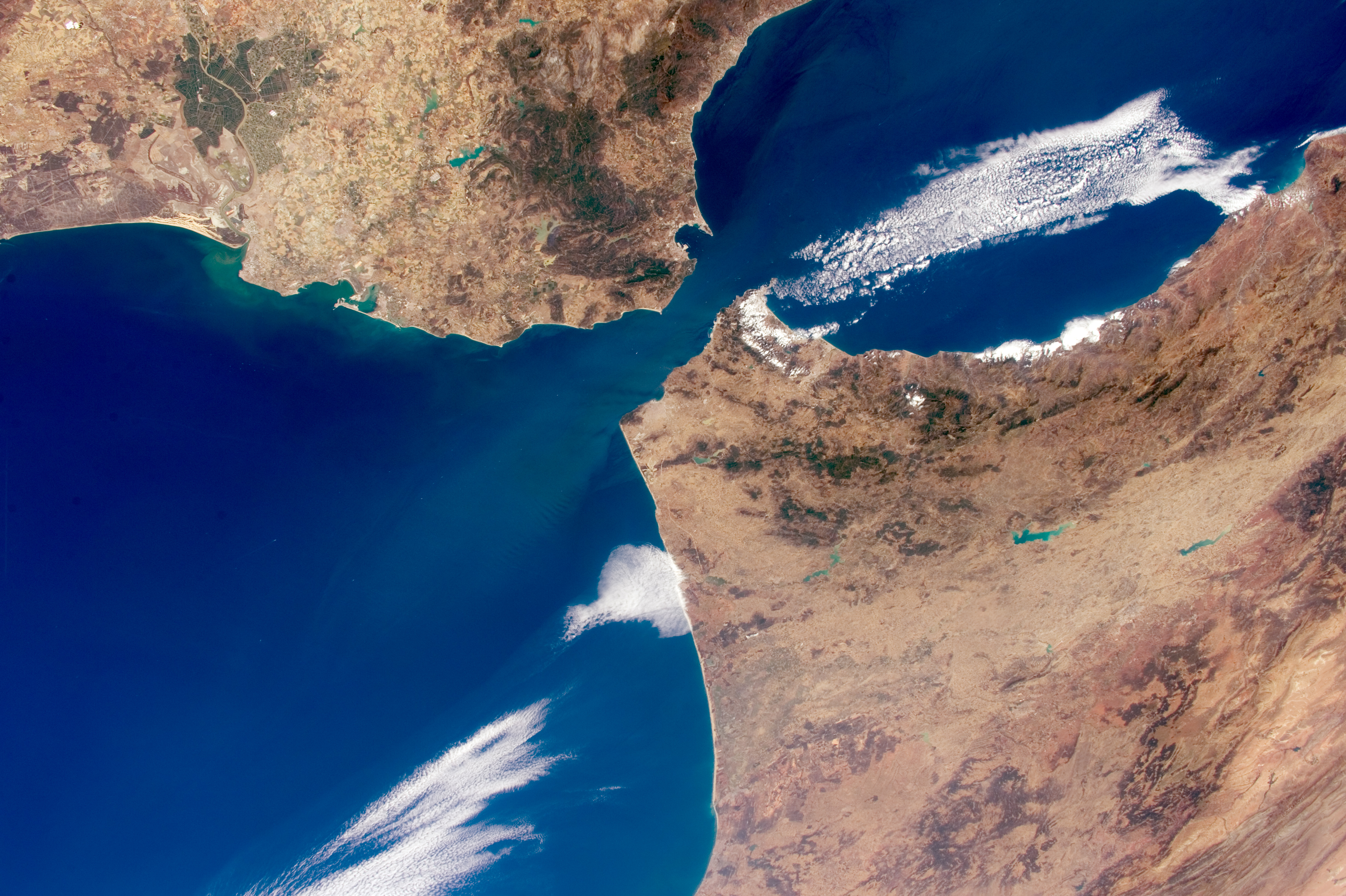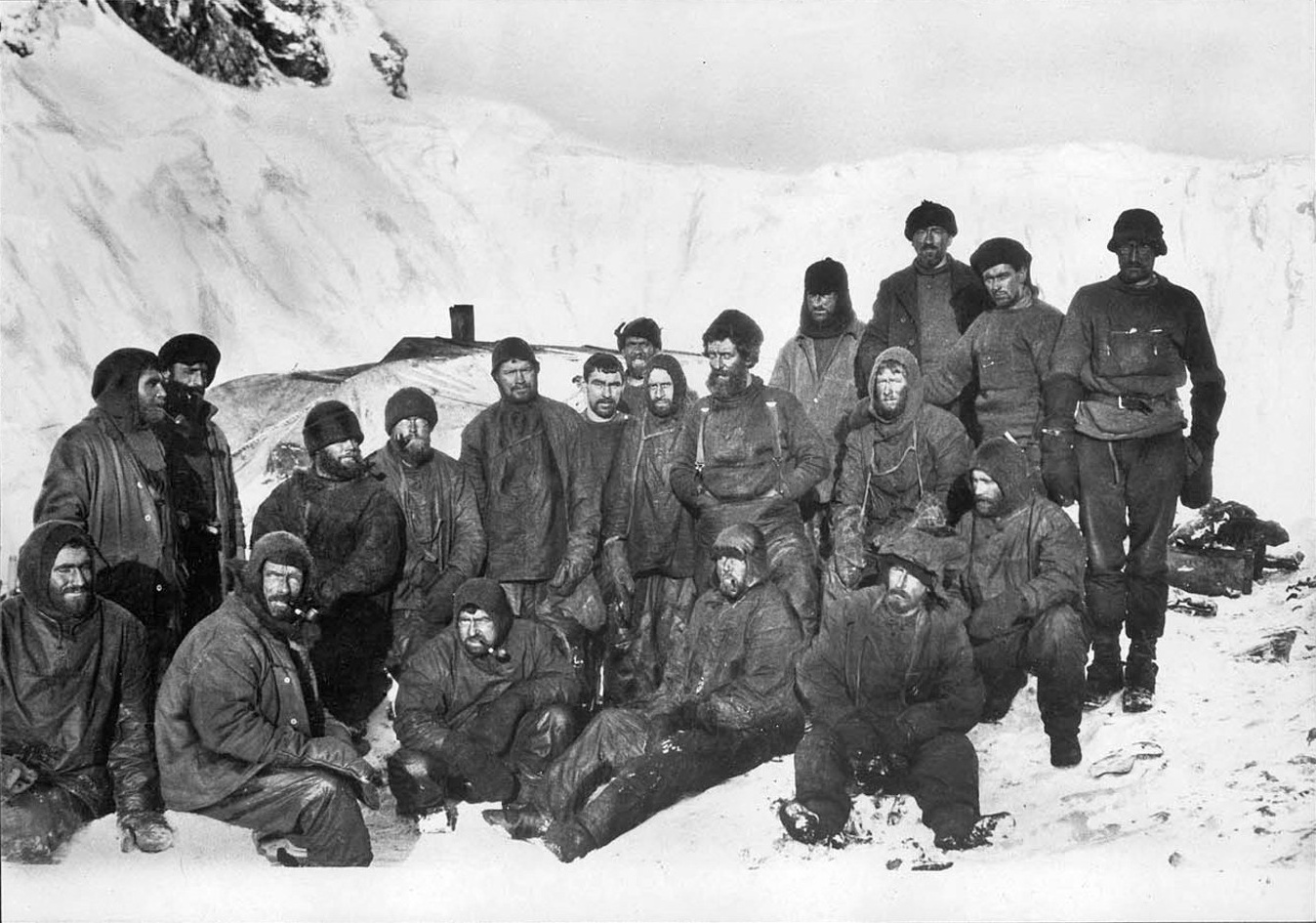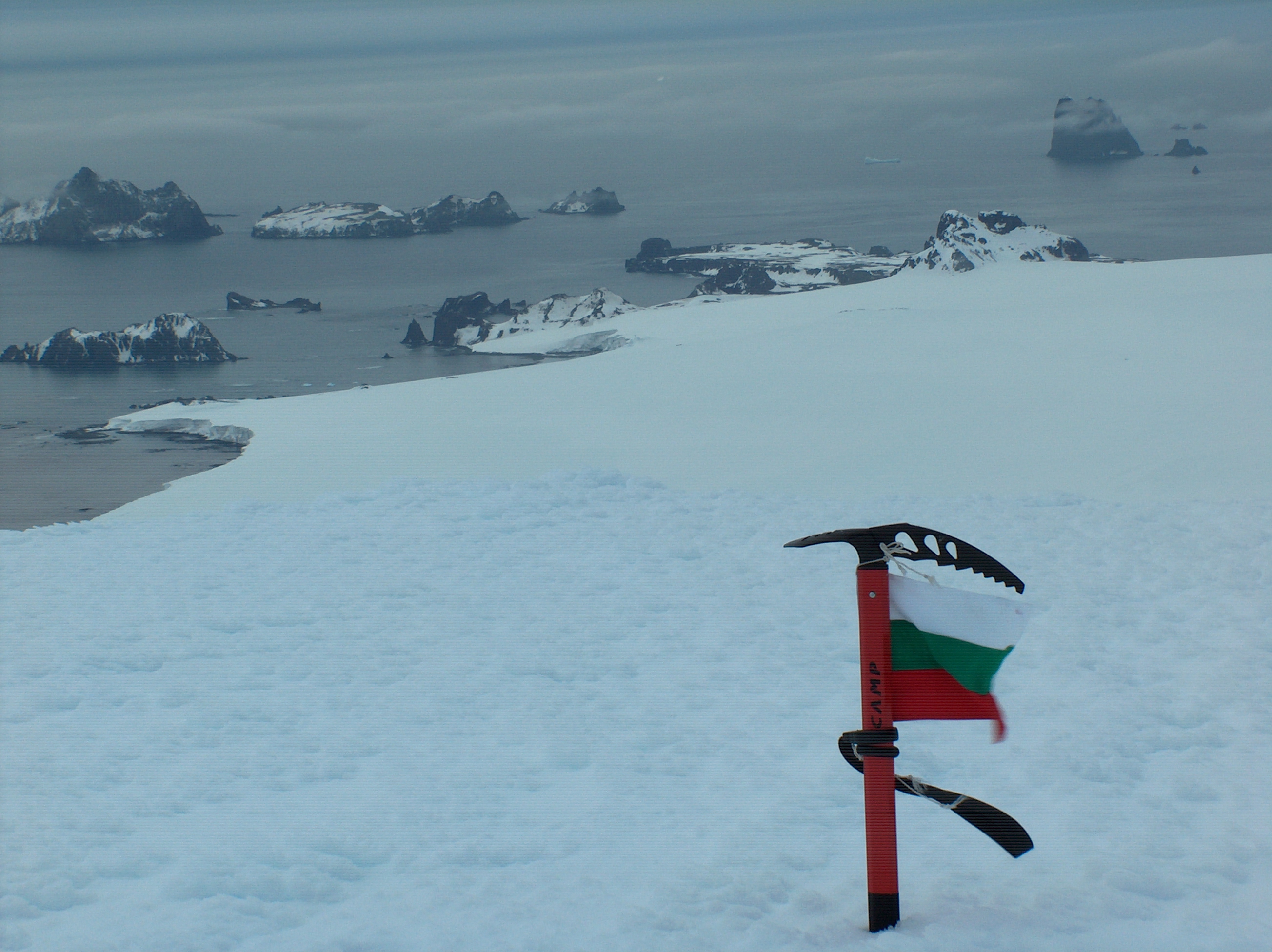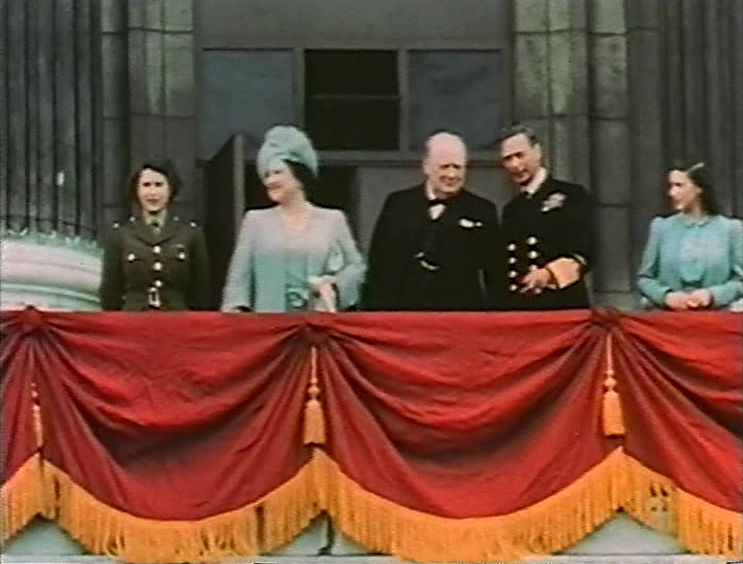|
Prince Charles Strait
Prince Charles Strait is a strait wide between Cornwallis and Elephant Islands, in the South Shetland Islands of Antarctica. This strait was known to sealers as early as 1821, but the first record of its navigation was in 1839 by the brig ''Porpoise'' of the United States Exploring Expedition squadron under Wilkes. Soundings of the strait were made by the vessel ''John Biscoe'' and the frigate HMS ''Sparrow'' in December 1948. It was named for King Charles III, son of Queen Elizabeth II of the United Kingdom Elizabeth II (Elizabeth Alexandra Mary; 21 April 19268 September 2022) was Queen of the United Kingdom and other Commonwealth realms from 6 February 1952 until her death in 2022. She had been queen regnant of 32 sover .... References External links * UK Antarctic Place-names Committee: Map 13676: South Shetland Islands : Elephant, Clarence and Gibbs Islands', M 1 : 220 000, by: data.aad.gov.au, Australian Antarctic Data Centre Straits of t ... [...More Info...] [...Related Items...] OR: [Wikipedia] [Google] [Baidu] |
Strait
A strait is a water body connecting two seas or water basins. The surface water is, for the most part, at the same elevation on both sides and flows through the strait in both directions, even though the topography generally constricts the flow somewhat. In some straits there is a dominant directional current. Most commonly, the strait is a narrowing channel that lies between two land masses. Straits are loci for sediment accumulation, with sand-size deposits usually occurring on the two strait exits, forming subaqueous fans or deltas. Some straits are not navigable because, for example, they are too narrow or too shallow, or because of an unnavigable reef or archipelago. Terminology The terms '' channel'', ''pass'', or ''passage'' can be synonymous and used interchangeably with ''strait'', although each is sometimes differentiated with varying senses. In Scotland, '' firth'' or ''Kyle'' are also sometimes used as synonyms for strait. Many straits are economically impor ... [...More Info...] [...Related Items...] OR: [Wikipedia] [Google] [Baidu] |
Cornwallis Island (South Shetland Islands)
Cornwallis Island is an island long, which lies northeast of the east end of Elephant Island, in the South Shetland Islands. The name Cornwallis Island dates back to about 1821 and is now established in international usage. See also * Composite Antarctic Gazetteer * List of Antarctic islands south of 60° S * Prince Charles Strait * Scientific Committee on Antarctic Research * Territorial claims in Antarctica Seven sovereign states – Argentina, Australia, Chile, France, New Zealand, Norway, and the United Kingdom – have made eight land claim, territorial claims in Antarctica. These countries have tended to place their Antarctic scientific observat ... References * {{Antarctica topics Islands of the South Shetland Islands Uninhabited islands ... [...More Info...] [...Related Items...] OR: [Wikipedia] [Google] [Baidu] |
Elephant Island
Elephant Island is an ice-covered, mountainous island off the coast of Antarctica in the outer reaches of the South Shetland Islands, in the Southern Ocean. The island is situated north-northeast of the tip of the Antarctic Peninsula, west-southwest of South Georgia, south of the Falkland Islands, and southeast of Cape Horn. It is within the Antarctic claims of Argentina, Chile and the United Kingdom. The Brazilian Antarctic Program maintains a shelter on the island, Goeldi, and formerly had another ( Wiltgen) supporting the work of up to six researchers each during the summer. Wiltgen was dismantled in the summers of 1997 and 1998. Toponym Elephant Island's name is attributed to both its elephant head-like appearance and the sighting of elephant seals by Captain George Powell in 1821, one of the earliest sightings. In Russia, it is still known by the name given by its discoverers in 1821 – Mordvinov Island. Geography Elephant Island marks the western end of the So ... [...More Info...] [...Related Items...] OR: [Wikipedia] [Google] [Baidu] |
South Shetland Islands
The South Shetland Islands are a group of List of Antarctic and subantarctic islands, Antarctic islands located in the Drake Passage with a total area of . They lie about north of the Antarctic Peninsula, and between southwest of the nearest point of the South Orkney Islands. By the Antarctic Treaty System, Antarctic Treaty of 1959, the islands' sovereignty is neither recognized nor disputed by the signatories. According to British government language on the topic, "the whole of Antarctica is protected in the interests of peace and science." The islands have been claimed by three countries, beginning with the United Kingdom since 1908 (since 1962 as part of the equally unrecognized British Antarctic Territory). The islands are also claimed by the governments of Chile (since 1940, as part of the Antártica Chilena province), and by Argentina (since 1943, as part of Argentine Antarctica, Tierra del Fuego Province, Argentina, Tierra del Fuego Province). Several countries ... [...More Info...] [...Related Items...] OR: [Wikipedia] [Google] [Baidu] |
Antarctica
Antarctica () is Earth's southernmost and least-populated continent. Situated almost entirely south of the Antarctic Circle and surrounded by the Southern Ocean (also known as the Antarctic Ocean), it contains the geographic South Pole. Antarctica is the fifth-largest continent, being about 40% larger than Europe, and has an area of . Most of Antarctica is covered by the Antarctic ice sheet, with an average thickness of . Antarctica is, on average, the coldest, driest, and windiest of the continents, and it has the highest average elevation. It is mainly a polar desert, with annual Climate of Antarctica#Precipitation, precipitation of over along the coast and far less inland. About 70% of the world's freshwater reserves are frozen in Antarctica, which, if melted, would raise global sea levels by almost . Antarctica holds the record for the Lowest temperature recorded on Earth, lowest measured temperature on Earth, . The coastal regions can reach temperatures over in the ... [...More Info...] [...Related Items...] OR: [Wikipedia] [Google] [Baidu] |
United States Exploring Expedition
The United States Exploring Expedition of 1838–1842 was an exploring and surveying expedition of the Pacific Ocean and surrounding lands conducted by the United States. The original appointed commanding officer was Commodore Thomas ap Catesby Jones. Funding for the original expedition was requested by President John Quincy Adams in 1828; however, Congress would not implement funding until eight years later. In May 1836, the oceanic exploration voyage was finally authorized by Congress and created by President Andrew Jackson. The expedition is sometimes called the U.S. Ex. Ex. for short, or the Wilkes Expedition in honor of its next appointed commanding officer, United States Navy Lieutenant Charles Wilkes. The expedition was of major importance to the growth of science in the United States, in particular the then-young field of oceanography. During the event, armed conflict between Pacific islanders and the expedition was common and dozens of natives were killed in action ... [...More Info...] [...Related Items...] OR: [Wikipedia] [Google] [Baidu] |
John Biscoe
John Biscoe (28 April 1794 – 1843) was an English mariner and explorer who commanded the first expedition known to have sighted the areas named Enderby Land and Graham Land along the coast of Antarctica. The expedition also found a number of islands in the vicinity of Graham Land, including the Biscoe Islands that were named after him. Early life Biscoe was born in Enfield, Middlesex, England. In March 1812, aged seventeen, he joined the Royal Navy and served during the 1812–1815 war against the United States. By the time of his discharge in 1815, he had become a justice Master. Thereafter he sailed on board merchant shipping as a mate or master, mostly to the East or West Indies. Southern Ocean expedition, 1830–1833 In 1830, the whaling company Samuel Enderby & Sons appointed Biscoe master of the brig ''Tula'' and leader of an expedition to find new sealing grounds in the Southern Ocean. Accompanied by the cutter ''Lively'', the ''Tula'' left London and by Dec ... [...More Info...] [...Related Items...] OR: [Wikipedia] [Google] [Baidu] |
Charles III
Charles III (Charles Philip Arthur George; born 14 November 1948) is King of the United Kingdom and the 14 other Commonwealth realms. Charles was born at Buckingham Palace during the reign of his maternal grandfather, King George VI, and became heir apparent when his mother, Queen Elizabeth II, acceded to the throne in 1952. He was created Prince of Wales in 1958 and Investiture of Charles, Prince of Wales, his investiture was held in 1969. He was educated at Cheam School and Gordonstoun, and later spent six months at the Timbertop campus of Geelong Grammar School in Victoria, Australia. After completing a history degree from the University of Cambridge, Charles served in the Royal Air Force and the Royal Navy from 1971 to 1976. In 1981, Wedding of Prince Charles and Lady Diana Spencer, he married Lady Diana Spencer. They had two sons, William, Prince of Wales, William and Prince Harry, Duke of Sussex, Harry. After years of estrangement, Charles and Diana divorced in 1996, ... [...More Info...] [...Related Items...] OR: [Wikipedia] [Google] [Baidu] |
Elizabeth II Of The United Kingdom
Elizabeth II (Elizabeth Alexandra Mary; 21 April 19268 September 2022) was Queen of the United Kingdom and other Commonwealth realms from 6 February 1952 until her death in 2022. She had been queen regnant of 32 sovereign states during her lifetime and was the monarch of 15 realms at her death. Her reign of 70 years and 214 days is the longest of any British monarch, the second-longest of any sovereign state, and the longest of any queen regnant in history. Elizabeth was born in Mayfair, London, during the reign of her paternal grandfather, King George V. She was the first child of the Duke and Duchess of York (later King George VI and Queen Elizabeth The Queen Mother). Her father acceded to the throne in 1936 upon the abdication of his brother Edward VIII, making the ten-year-old Princess Elizabeth the heir presumptive. She was educated privately at home and began to undertake public duties during the Second World War, serving i ... [...More Info...] [...Related Items...] OR: [Wikipedia] [Google] [Baidu] |
Straits Of The South Shetland Islands
A strait is a water body connecting two seas or water basins. The surface water is, for the most part, at the same elevation on both sides and flows through the strait in both directions, even though the topography generally constricts the flow somewhat. In some straits there is a dominant directional current. Most commonly, the strait is a narrowing channel that lies between two land masses. Straits are loci for sediment accumulation, with sand-size deposits usually occurring on the two strait exits, forming subaqueous fans or deltas. Some straits are not navigable because, for example, they are too narrow or too shallow, or because of an unnavigable reef or archipelago. Terminology The terms ''channel'', ''pass'', or ''passage'' can be synonymous and used interchangeably with ''strait'', although each is sometimes differentiated with varying senses. In Scotland, ''firth'' or ''Kyle'' are also sometimes used as synonyms for strait. Many straits are economically important. ... [...More Info...] [...Related Items...] OR: [Wikipedia] [Google] [Baidu] |







